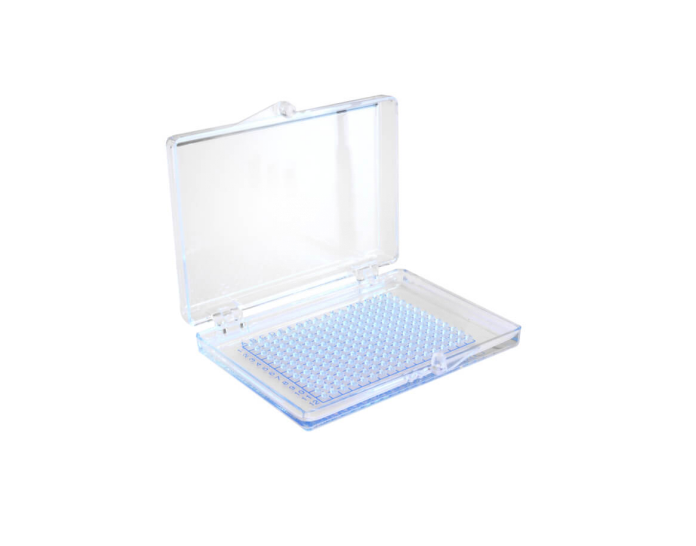The bandwidth of optical transceivers for datacenters has been upgraded from 40G to 100G and even higher. To work at long distances and high speed, WDM multiplexers and demultiplexers are integrated into the transceiver to save the fiber cost in long-distance and high-speed connections. Typically, optical multiplexers combine light from four transmitters, while optical demultiplexers select and transmit beams to each lane depending on the corresponding wavelength. Optical interfaces are often based on the 4-channel coarse wavelength division multiplexing (CWDM4) grid or the local-area network wavelength division multiplexing (LAN-WDM) grid.
II-VI’s WDM and beam-splitter filters are widely integrated into high-speed transceivers. Filters operate at four CWDM4 wavelengths, four LAN-WDM wavelengths, or the 850 nm wavelength range. In addition to conventional CWDM4 or LAN-WDM filters at low angles of incidence (AOIs), II-VI leverages its coating capabilities to make WDM filters working at high AOIs and beam splitters with low p/s polarization splitting more compact.
II-VI also provides Z-block, which is a micro-optical precision assembly that combines or separates four wavelengths at the transmitter or receiver, respectively, in an extremely small size. II-VI’s Z-block optics fits in a standard CFP4 or QSFP28 package
For telecom applications, thin-film filters may be incorporated into fiber-optic devices in several ways. One common packaging concept is to use “three-port couplers.” Using this approach, light from the input port fiber is collimated by the first lens and directed onto the thin-film filter. Light reflected by the filter travels back into the lens and is focused into an output fiber, while light that passes the filter is collected by a second lens and is focused into another output fiber. A multiple-wavelength multiplexer/demultiplexer can be constructed by connecting a series of three-port couplers in cascade.
Another packaging approach to yield a smaller package size is to use compact CWDM (CCWDM) modules.
CCWDMs use free-space technology rather than a cascading method. Collimators and filters are bonded on a common substrate, using an appropriate epoxy and curing process. Rigorous control of manufacturing processes is demanded to manufacture CCWDM modules.
II-VI leverages the proprietary thin-film deposition process to produce the industry’s best telecom filter solutions, with state-of-the-art layer thickness control.





